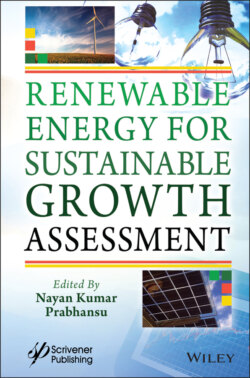Читать книгу Renewable Energy for Sustainable Growth Assessment - Группа авторов - Страница 88
3.3.2.1.2 Pyrolysis
ОглавлениеTo turn biomass into energy products (bio-oil, stable biochar, and pyrolytic gas), employed pyrolysis as a dynamic thermochemical method carried between 400 °C and 700 °C [85]. The properties of pyrolysis products are significantly evaluated by temperature, whereas the heating rate specifies the type of biomass pyrolysis that is either fast or slow. In the absence of O2, slow pyrolysis carried out at an extended period and optimized temperature results in maximum biochar yield compared to rapid pyrolysis [86]. Biochar can be used in boilers, as a catalyst, as an adsorbent, and in other manufacturing processes as solid fuel. For internal combustion engines and other techniques, pyrolytic gas may be a sustainable alternative fuel [85, 86]. Currently, the Life Cycle Assessment (LCA) approach evaluates the environmental effects of fuel combustion, electricity production, eutrophication, and N fertilizer synthesis from agricultural biomass in Shandong’s northern area in China [87]. They claimed in the study that the distributed-centralized agricultural straw pyrolysis (DCP) system was both socially and economically more advantageous for managing the disposal of crop residues compared to the traditional straw incorporation biprocess.
